Health and Wellness Trends
The growing emphasis on health and wellness is shaping the smart bathroom market. Consumers are increasingly seeking products that promote hygiene and well-being, such as smart showers that monitor water temperature and pressure for optimal comfort. Additionally, features like built-in air purifiers and mood lighting are becoming popular as individuals prioritize their health in their living spaces. The wellness market is expected to reach $4.5 trillion by 2025, indicating a strong correlation with the smart bathroom market. As health-conscious consumers continue to seek innovative solutions, the demand for smart bathroom products that enhance personal well-being is likely to rise.
Integration of Smart Home Ecosystems
The integration of smart bathrooms into broader smart home ecosystems is a key driver for the market. As consumers increasingly adopt smart home technologies, the demand for bathroom solutions that can seamlessly connect with other devices is rising. Smart mirrors, lighting, and showers that can be controlled via a central hub or smartphone app are gaining traction. This interconnectedness enhances user experience and convenience, making smart bathrooms more appealing. The smart home market is projected to grow at a CAGR of 25% over the next five years, suggesting that the smart bathroom market will likely benefit from this trend as consumers seek cohesive smart home solutions.
Rising Consumer Demand for Convenience
Consumer preferences are shifting towards products that offer convenience and ease of use, significantly impacting the smart bathroom market. Features such as remote control, voice activation, and automated cleaning systems are becoming essential for modern bathrooms. A survey indicates that around 60% of consumers express interest in smart bathroom solutions that simplify daily routines. This demand for convenience is driving manufacturers to innovate and create user-friendly products that integrate seamlessly into everyday life. As the trend continues, the smart bathroom market is expected to expand, catering to the needs of busy households seeking efficiency and comfort.
Growing Awareness of Water Conservation
The increasing awareness of water conservation is influencing the smart bathroom market. With water scarcity becoming a pressing issue, consumers are more inclined to invest in smart fixtures that promote efficient water usage. Smart toilets and faucets equipped with sensors can significantly reduce water waste, appealing to environmentally conscious consumers. Reports suggest that smart bathroom technologies can reduce water consumption by up to 30%, making them an attractive option for households aiming to lower their environmental footprint. This trend is likely to drive growth in the smart bathroom market as more consumers prioritize sustainability in their purchasing decisions.
Technological Advancements in Smart Devices
The rapid evolution of technology plays a pivotal role in the smart bathroom market. Innovations in IoT, AI, and machine learning are driving the development of advanced bathroom fixtures and systems. For instance, smart toilets equipped with sensors and automated features are becoming increasingly popular. The market for smart bathroom devices is projected to reach approximately $10 billion by 2026, indicating a robust growth trajectory. These advancements not only enhance user experience but also promote energy efficiency, which is a growing concern among consumers. As technology continues to advance, the smart bathroom market is likely to see an influx of new products that cater to the demands of tech-savvy consumers.

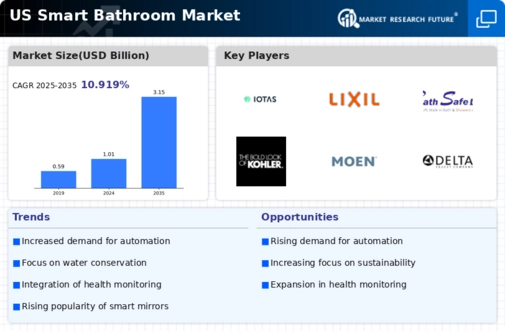
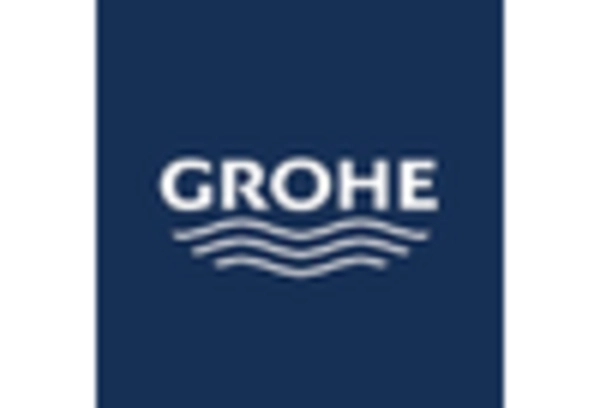
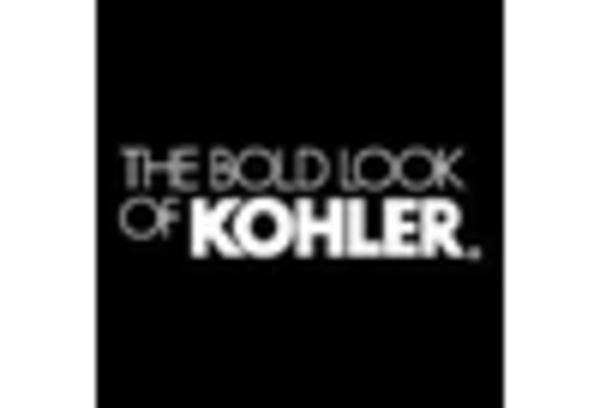

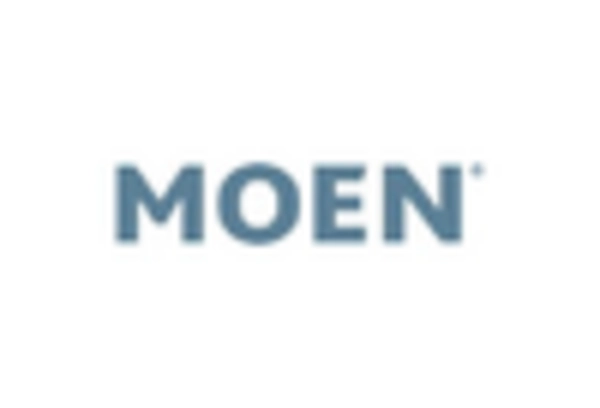

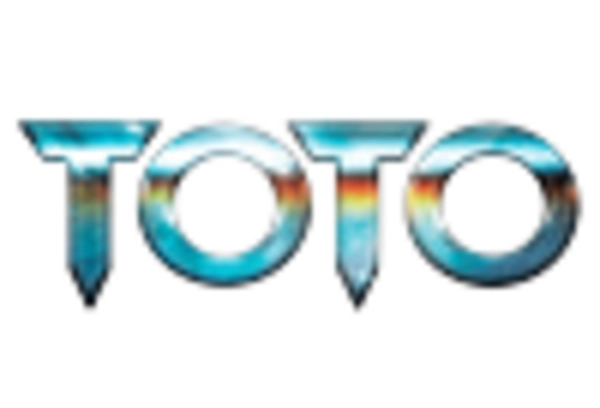








Leave a Comment